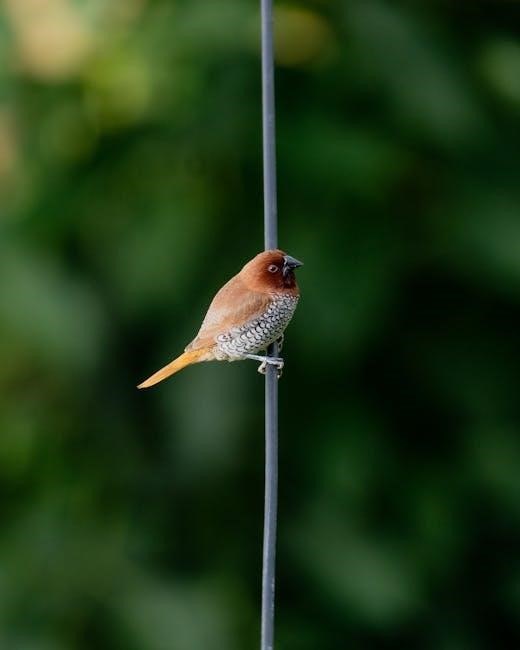junior animal habitats badge requirements pdf
Earn the Junior Animal Habitats Badge by exploring the natural world, creating animal homes, and learning about conservation․ This badge offers hands-on experiences to understand wildlife and their environments, fostering observation, creativity, and stewardship skills while completing fun and educational activities․
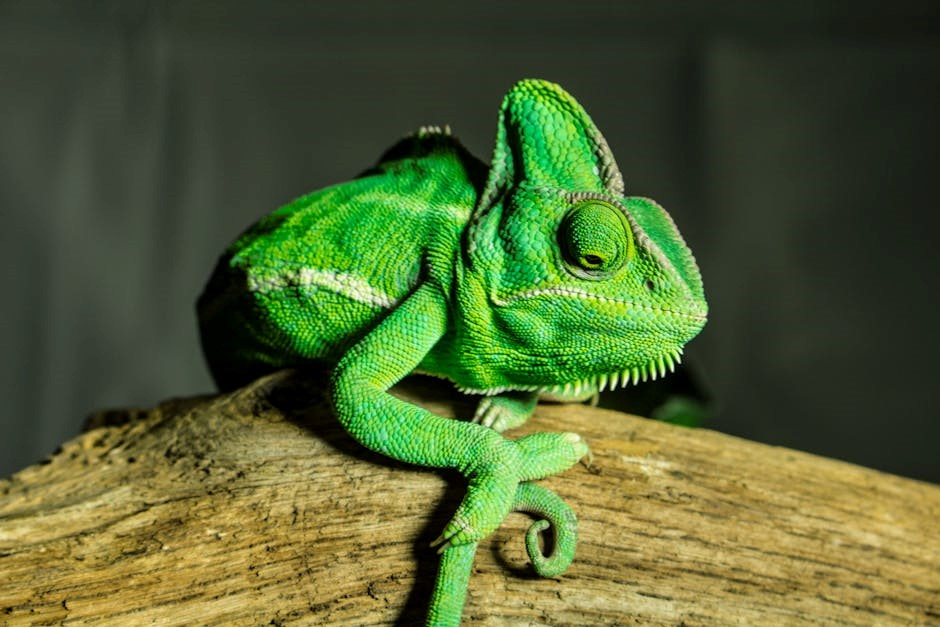
Requirements for Earning the Badge
Earning the Junior Animal Habitats Badge requires exploring wild animals, observing their behaviors, creating habitats, and taking action to protect them․ Complete these steps to achieve the badge successfully․
Step 1: Find Out About Wild Animals
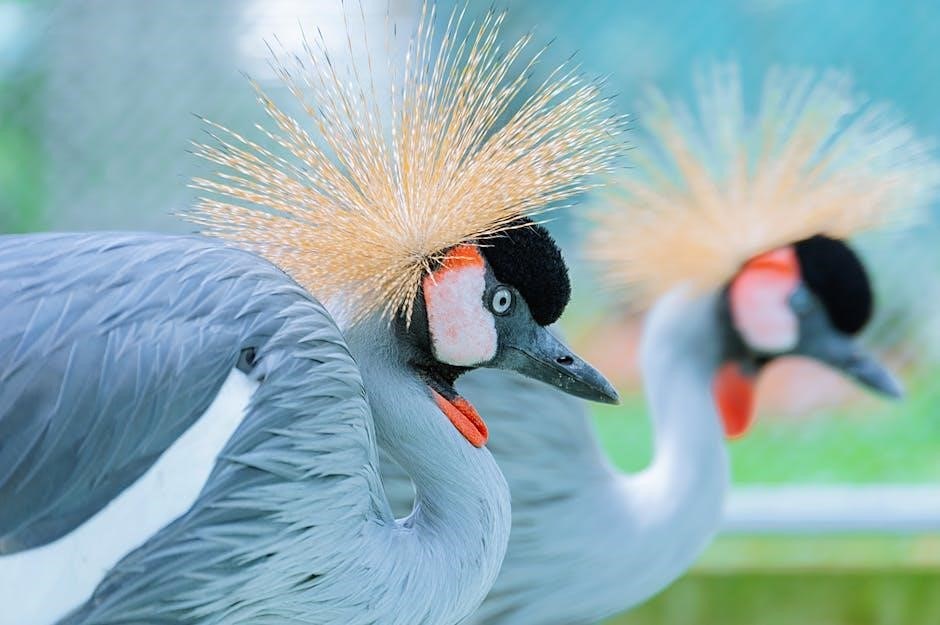
Start by selecting a wild animal to study․ Research its habitat, diet, and behaviors using books, online resources, or visits to zoos and nature centers․ Identify what makes its environment unique and how it adapts to survive․ Discuss why conservation is important for protecting its home․ Consider visiting local parks to observe wildlife in their natural settings, noting their interactions with the environment․ This step encourages curiosity and builds a foundation for understanding animal habitats and ecosystems․ By exploring these topics, girls gain insights into the interconnectedness of wildlife and their surroundings, laying the groundwork for future steps in earning the badge․
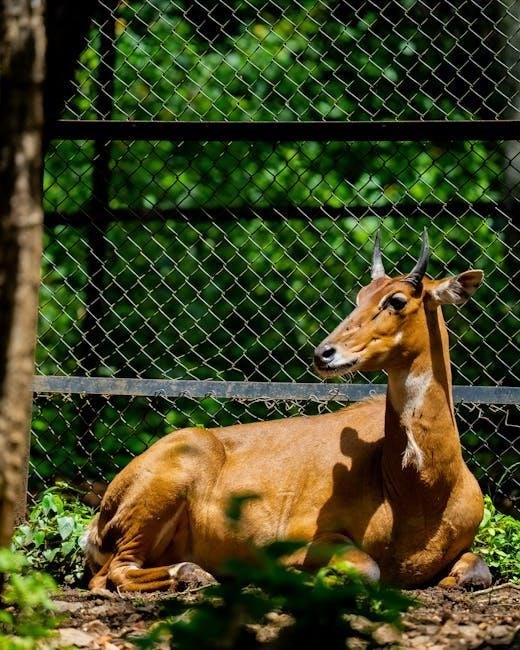
Step 2: Observe Wild Animals
Visit a local park, nature reserve, or zoo to observe animals in their natural or controlled habitats․ Bring binoculars and a journal to record observations․ Note how animals interact with their environment, their behaviors, and any unique adaptations․ Discuss findings with your troop to deepen understanding․ This step encourages hands-on learning and connection with wildlife, helping girls appreciate the importance of conservation․ By observing animals, they gain insights into how habitats support life and how human actions can impact these ecosystems․ This experience builds curiosity and respect for nature, preparing girls for the next steps in earning the badge․
Step 3: Create an Animal Habitat
In this engaging step, Junior Scouts design and build a model of an animal habitat using materials like shoe boxes, clay, and plants․ Start by selecting an animal and researching its environment․ Gather materials such as shoe boxes, paint, clay, and small plants to represent the habitat accurately․ For a forest animal, include trees and leaves; for a desert animal, use sand and cacti․ Consider the animal’s shelter—nests, burrows, or rocks—and incorporate these details․ Assemble the habitat by arranging elements to mimic the natural setting, ensuring the animal’s placement reflects its real-life behavior․ Add finishing touches like water features or pathways for realism․ This activity teaches scouts about animals’ specific needs and environmental support, reinforcing lessons from previous steps․ It encourages creativity and provides a hands-on understanding of wildlife and conservation, making it a meaningful part of earning the badge․

Step 4: Take Action to Protect Animal Habitats
In this step, Junior Scouts are encouraged to take action to protect animal habitats through hands-on activities․ Start by brainstorming ways to help, such as organizing a park cleanup, planting native vegetation, or creating educational signs about wildlife conservation․ Scouts can also collaborate with local animal shelters or wildlife organizations to assist with tasks like decorating cages or distributing information about habitat preservation․ Additionally, participate in conservation projects, such as reducing waste or promoting eco-friendly practices in their communities․ Scouts can also advocate for animals by sharing what they’ve learned with others, inspiring friends and family to join in protecting habitats․ This step emphasizes the importance of taking responsibility and making a positive impact on the environment, teaching scouts about stewardship and the role they play in preserving wildlife and their homes․
Activities for Completing the Badge
Engage in exciting activities to earn the badge, such as scavenger hunts for animal habitats, creating puppet shows or skits about wildlife, and building models of animal homes to deepen understanding and creativity․
Scavenger Hunt for Animal Habitats
Embark on a scavenger hunt to explore and identify animal habitats in your local area․ This activity encourages girls to venture into parks, nature trails, or even their own neighborhoods to observe and list different wildlife homes․ They can look for nests, burrows, or other signs of animal dwellings․ The goal is to gain insight into how animals interact with their environments and how these habitats support their survival․ By documenting their findings, girls develop observation skills and a deeper appreciation for nature․ This hands-on experience aligns with the badge requirements, making learning fun and interactive while fostering teamwork and curiosity about the natural world․
Puppet Show or Skit About Animals
Create a puppet show or skit to tell stories about wild animals and their habitats․ This activity allows girls to express their creativity while learning about animal behaviors, homes, and ecosystems․ They can craft puppets or act out scenes depicting animals in their natural environments, such as forests, deserts, or oceans․ The performance can highlight how animals adapt to their habitats and the challenges they face․ This engaging project helps girls develop public speaking skills, teamwork, and an understanding of wildlife conservation․ By bringing animal stories to life, they share their knowledge with others, fostering awareness and appreciation for protecting animal habitats․ This fun and interactive approach aligns with the badge requirements, making learning both enjoyable and meaningful․
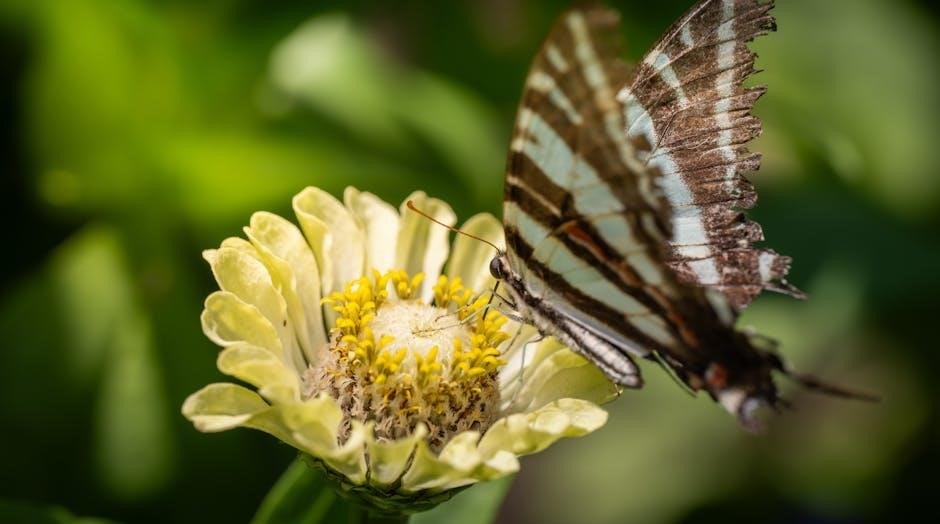
Resources and Materials
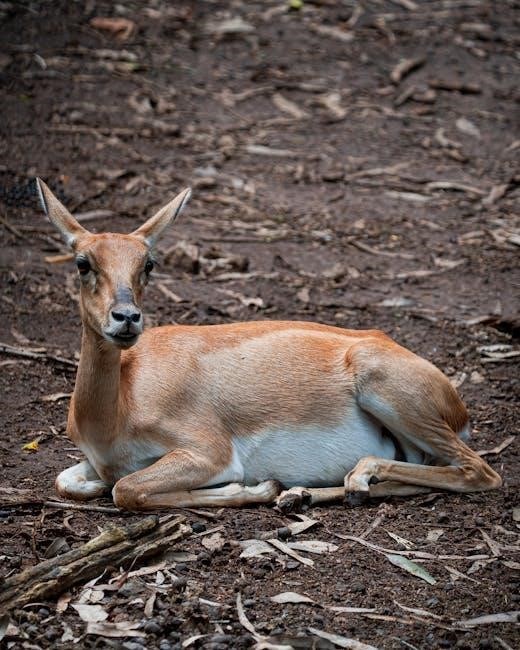
Gather art supplies, educational books, and online resources to support badge activities․ Field guides, craft materials, and budgeting tools are essential for completing projects and meeting requirements effectively․
Materials Needed for the Badge
To complete the Junior Animal Habitats Badge, gather essential materials like art supplies for crafting habitats, field guides for animal research, and digital tools for presentations․ Include craft items such as cardboard, glue, and paint for habitat models․ Recycled materials like paper rolls and fabric scraps can be used creatively․ For outdoor activities, bring binoculars, notebooks, and cameras for observing wildlife․ Educational resources, such as books or online guides, will aid in learning about animal behaviors and ecosystems․ Ensure access to cleaning supplies for park cleanups and conservation efforts․ Budget-friendly options like DIY toys for shelters or reusable items for decorations are also recommended․ Organize these materials to support hands-on learning and fun activities that align with badge requirements․
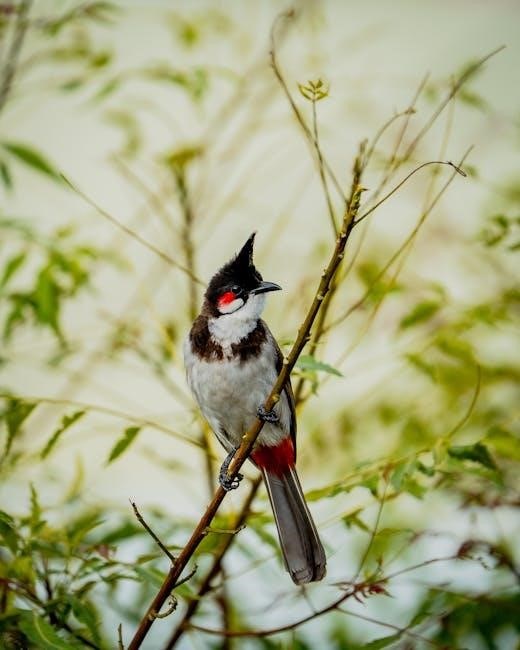
Recommended Tools and Equipment
To successfully complete the Junior Animal Habitats Badge, certain tools and equipment are recommended to enhance learning and creativity․ Binoculars are essential for observing wildlife in their natural habitats during outdoor activities․ Field guides or apps that identify local animals and plants will aid in research and exploration․ Digital cameras or smartphones can capture images of animals and their habitats for further study or presentations․ Craft tools like scissors, glue, and paint are necessary for creating habitat models or educational displays․ Additionally, reusable containers or bags can help collect recyclable materials for eco-friendly projects․ For presentations, consider using poster boards, markers, or digital tools like tablets or laptops to design engaging content․ These tools not only make activities more enjoyable but also help girls develop practical skills while working toward their badge․
Budgeting for Projects
Budgeting is an essential part of planning projects for the Junior Animal Habitats Badge․ Start by identifying the materials needed for each activity, such as craft supplies, field trip expenses, or educational resources․ Create a detailed list and estimate costs to ensure funds are allocated wisely․ Consider fundraising opportunities or reaching out to local organizations for donations to minimize expenses․ Troop leaders can also encourage girls to contribute by collecting recyclable materials or repurposing items they already have․ Budgeting teaches financial responsibility and helps the troop make the most of available resources while completing badge requirements․ By planning ahead and being resourceful, girls can achieve their project goals without exceeding their budget, making the experience both educational and cost-effective․ This skill not only benefits their current projects but also prepares them for future leadership roles․
Leadership Opportunities
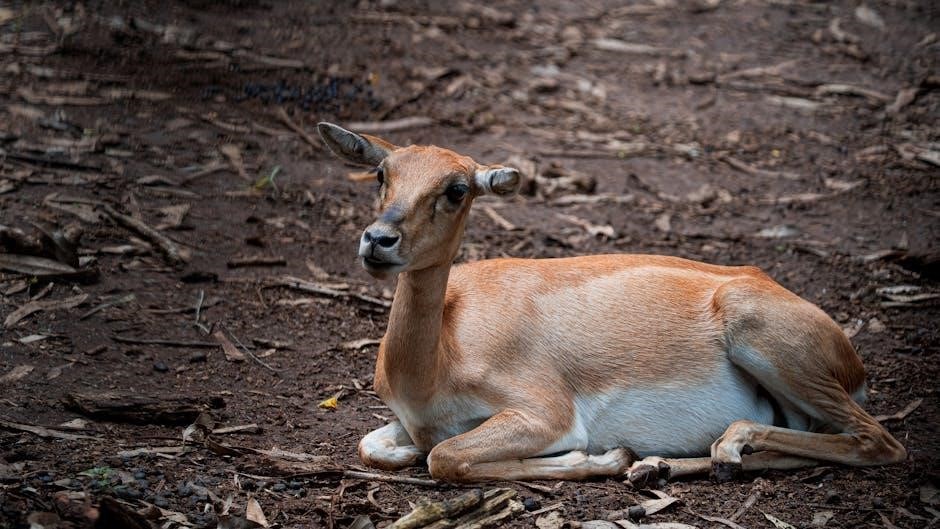
Earning the Junior Animal Habitats Badge offers girls the chance to develop leadership skills by leading projects, mentoring peers, and collaborating on conservation efforts, fostering confidence and teamwork․
Leadership Roles in Earning the Badge
Earning the Junior Animal Habitats Badge provides girls with opportunities to take on leadership roles, fostering confidence and teamwork․ Leaders can guide their troop in planning and executing projects, such as organizing scavenger hunts or puppet shows․ They can also mentor younger members, teaching them about animal habitats and conservation․ Assigning tasks like researching animals or gathering materials allows leaders to practice delegation and collaboration․ Additionally, leaders can facilitate discussions about habitat protection and brainstorm ways to take action in their community․ These roles not only enhance leadership skills but also empower girls to make a positive impact on the environment․ By leading their peers, girls develop essential life skills while working toward the badge, preparing them for future leadership opportunities․ This collaborative approach ensures everyone contributes and learns together, strengthening the troop’s bond and commitment to conservation efforts․
Importance of Cooperative Learning
Cooperative learning is a cornerstone of the Junior Animal Habitats Badge, fostering collaboration and mutual respect among troop members․ By working together on activities like scavenger hunts, puppet shows, and habitat creation, girls share ideas, build teamwork, and gain a deeper understanding of animal conservation․ This approach encourages problem-solving, communication, and empathy, as girls learn to value diverse perspectives; Cooperative learning also promotes leadership and accountability, as each member contributes to shared goals․ Activities like group research and brainstorming sessions strengthen bonds within the troop, creating a supportive environment for learning․ Additionally, collaborative efforts align with the badge’s focus on community involvement and conservation, teaching girls the value of teamwork in making a positive impact․ Through cooperative learning, girls develop essential life skills while earning their badge, preparing them to tackle future challenges with confidence and unity․

Community Involvement
Engage with local organizations to protect animal habitats, participate in conservation projects, and educate others about wildlife preservation, fostering community awareness and environmental stewardship․
Collaborating with Local Organizations
Collaborating with local organizations is a key part of earning the Junior Animal Habitats Badge․ Girls can partner with animal shelters, parks, or conservation groups to gain hands-on experience․ These organizations often provide resources, expertise, and opportunities for service projects․ For example, troops might help clean up habitats, distribute educational materials, or assist with wildlife conservation efforts․ Local organizations can also offer guidance on how to create animal-friendly environments and provide insights into protecting biodiversity․ By working together, girls learn the importance of community involvement and teamwork in environmental stewardship․ This collaboration not only enhances their understanding of animal habitats but also fosters a sense of responsibility to protect wildlife and their ecosystems․ Such partnerships are essential for creating meaningful and impactful projects that align with badge requirements․
Conservation Efforts and Habitat Protection
Conservation efforts and habitat protection are vital for earning the Junior Animal Habitats Badge․ Girls can participate in activities like clean-up drives in local parks or wildlife areas to reduce pollution and protect animal homes․ Creating birdhouses, planting native vegetation, or building insect hotels are hands-on ways to support biodiversity․ Learning about endangered species and their habitats helps girls understand the importance of conservation․ They can also advocate for protecting natural spaces by sharing what they’ve learned with others․ These efforts not only contribute to earning the badge but also inspire a lifelong commitment to preserving wildlife and their ecosystems․ By taking action, girls make a positive impact on their communities and the environment, fostering a deeper appreciation for nature and its inhabitants․
Educational Outreach
Educational outreach is a key component of the Junior Animal Habitats Badge, encouraging girls to share their knowledge and inspire others to care for wildlife․ Activities like puppet shows or skits about animals can be performed at schools, libraries, or community events to teach others about animal habitats and conservation․ Girls can also collaborate with local organizations to create educational materials, such as posters or brochures, to distribute in their communities․ By leading workshops or presentations, girls take on leadership roles and help others understand the importance of protecting animal habitats․ This outreach not only fosters a sense of responsibility but also spreads awareness about wildlife conservation and the simple actions people can take to make a difference․ Through these efforts, girls empower others to join in protecting the environment and preserving biodiversity for future generations․
Earning the Junior Animal Habitats Badge is a rewarding experience that fosters a deeper connection with nature and wildlife․ Through hands-on activities, girls gain essential skills in observation, creativity, and leadership while learning about animal habitats and conservation․ The badge encourages girls to take action, whether by creating habitats, participating in scavenger hunts, or educating others about wildlife protection․ By collaborating with peers and engaging with their communities, girls develop a sense of responsibility and teamwork․ This journey not only enriches their knowledge but also inspires them to become advocates for the environment․ Completing the Junior Animal Habitats Badge is a meaningful achievement that promotes lifelong learning and a commitment to preserving the natural world for future generations․
